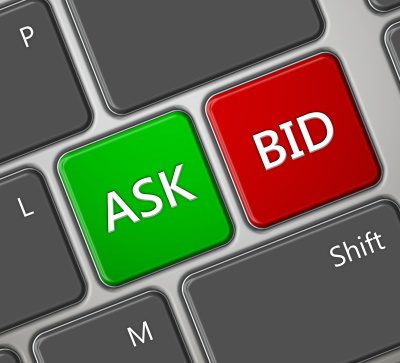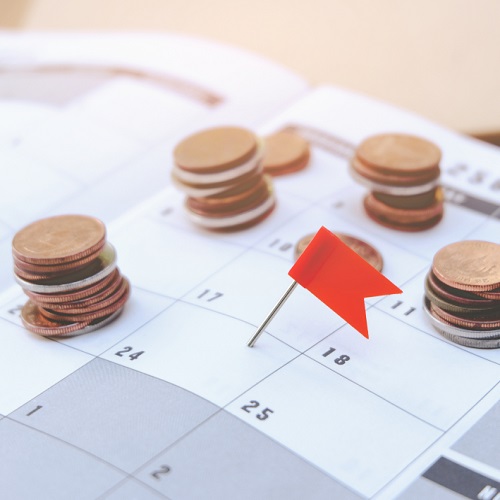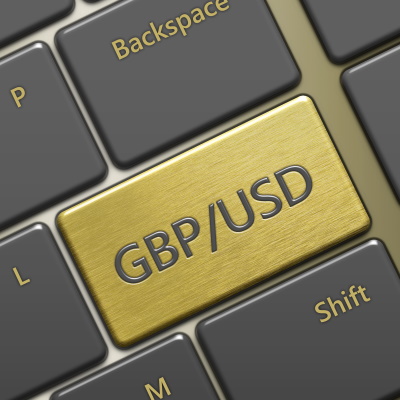What is the Bid-Ask Spread?
A Forex spread is the difference as measured in pips between the quoted bid and the ask rates. Why is the bid-ask spread so important?

Spreading the Bids
What makes the currency trading market unique? Foreign exchange rates are quoted as a pair and the displayed price represents the value of one currency (the base currency, or the one on the left) against the other currency (the quote currency, or the one on the right).
The currency symbol on the left is always the base currency and represents 1 unit of the currency pair. The currency symbol on the right is the secondary, or counter currency, and represents the value of the currency pair in terms of that quote currency – it equals the number of units of the quote currency that are equal to 1 unit of the base currency.
If, for example, the GBP/USD currency pair is quoted at 1.2949 / 1.2959, the quote states that for every 1 unit of the base currency, in this case, the GBP, we can get 1.2949 units of the counter currency, the USD.

Bid vs Ask Price – Digging Right in
Foreign exchange quotes are always a two-part quote that indicates both the current bid and ask price. Therefore, a trader will always be able to see both the buying and selling prices.
… and asks
The quote on the right-hand side is called the ask price. This is the price at which the trader can buy the base currency (what the broker is ASKING for it or – in fact – the pair) It is also the value at which the trader opens a BUY position. Let’s use GBP/USD example again – for every pound a trader buys, he/she will pay 1.2942 USD.
The quoted price on the left-hand side is the bid price or offer price. It is what the broker is willing to BID for the base currency that the trader wants to sell or – if you will – the value at which the trader can open a SELL (short) position. Once again, using our example of GBP/USD – for every dollar the trader sells, they will exchange it for 1.2937 USD.
Always bear in mind: the ask price is always higher than the bid price. The trader will always PAY more for the pair than what he will GET BACK for it.
Let’s discuss “the spread”…
The difference between the bid price and the ask price is called the ‘spread’. This also happens to be the way in which financial institutions make money in handling trading transactions.
The spread usually reflects the liquidity of the underlying market. The smaller the spread, the more liquid the market.
When choosing a broker to trade with, one important factor to consider is the spread. Why? This is what will represent the trading costs you need to pay your broker for using its services and opening and closing positions.
Moreover, the way brokers price their spreads differ, as some brokers provide fixed spreads while others provide variable ones. Over time, these costs will impact your trading performance and should be a key consideration when choosing your brokerage firm.
Should you Choose Fixed or Variable Spreads?
The answer to this question all depends on your trading style.
Think about the following: Are you trading volatile and liquid currency pairs or the opposite? What kind of trader are you?
With variable spreads, you will have to face changing trading costs depending on market conditions and volatility. If you want to trade foreign currencies that are not traded in your trading session, spreads will usually widen to reflect the momentary low liquidity available on some currency pairs.
Conversely, fixed spreads are predetermined and do not change depending on trading conditions. These might be better for certain types of traders such as newbies, who are usually advised to trade during volatile market conditions. Moreover, it is easier to plan trading sessions, as they do not have to face unpredictable trading costs.
In any case, the bid-ask spread is very important because it not only represents the profit for a trader, but it can also be used to manipulate the spread. This, of course, depends on the strategy the trader is using in the market and whether they want to buy more or less of the base currency.
Let’s take a look at an example…
If you wanted to trade the GBP/USD currency pair (1.2949 / 1.2059) and buy the GBP, you would buy the GBP at the quoting trader’s ask or offer price of 1.2059.
A trader would call and ask you to quote GBP/USD for 1 million GBP. You would quote 1.2949 / 1.2053 a four-pip spread. The trader would then sell you 1 million GBP at your bid price of 1.2949. Below is an example of your position after the trade.
| Buy/Sell | Rate | Long Currency | Short Currency | Market
Rate |
Profit/(Loss) |
| buy | 1.2949 | GBP 1,000,000 | USD 1,294,900 | – |
To make a profit, you would have to sell the 1 million GBP at a higher rate than you bought it.
If another trader comes to you and asks for a quote for GBP/USD, you can either quote the same rate or you can force the trader to favour your ask or offer rate. If you quote 1.2949 / 1.2953 (as before) and the trader buys GBP 1 million at 1.2953, you would have a 4 pips profit (USD 400) from the spread.
| Buy/Sell | Rate | Long Currency | Short Currency | Market
Rate |
Profit/(Loss) |
| buy | 1.2949 | GBP 1,000,000 | USD 1,295,300 | – | |
| sell | 1.2953 | USD 1,295,300 | GBP 1,000,000 | USD 400 |







